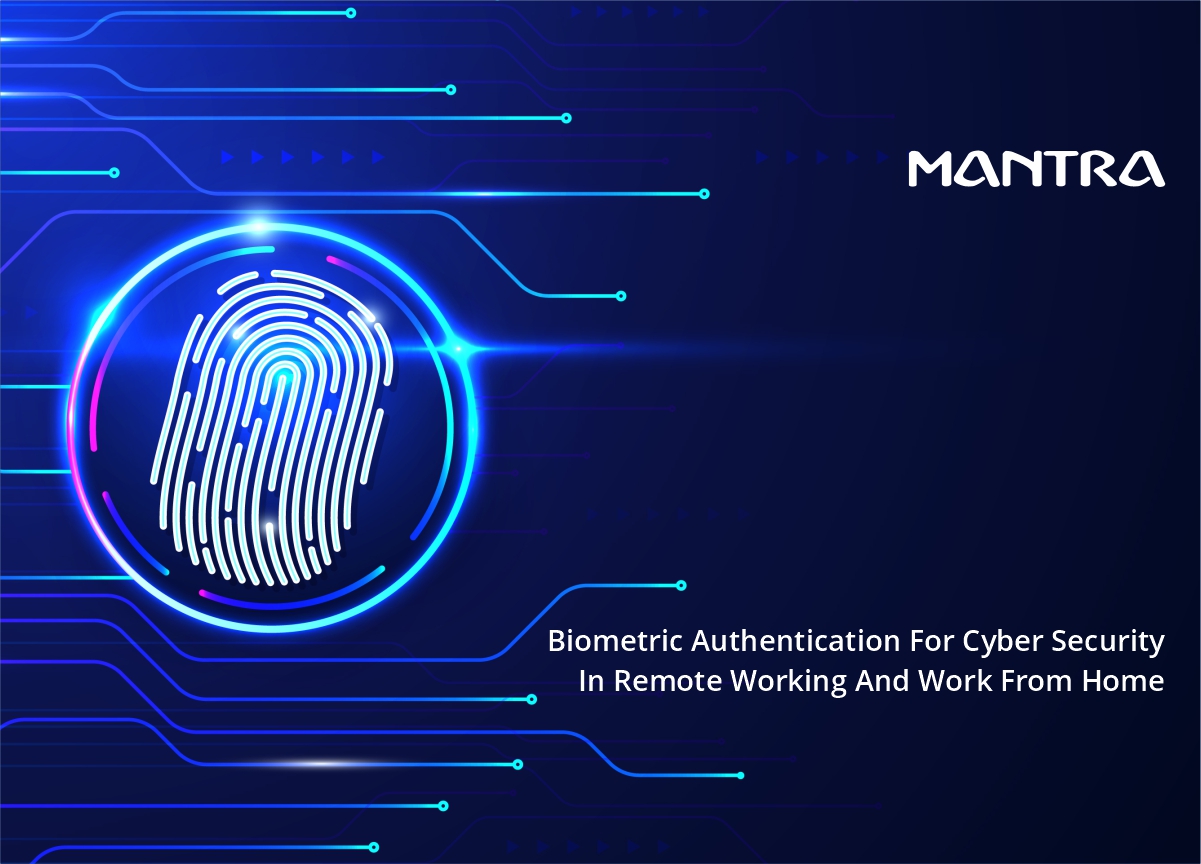
We have gone through one of the most unprecedented crises of modern times. Though we have almost passed the crisis, there are norms that COVID-19 taught us to stay here for a while. For example, Facebook, Twitter, and PricewaterhouseCoopers have allowed their employees who want to work from home permanently, even after the pandemic. Following the steps, many organisations have postponed calling employees back to the office, and some have moved to adapt to remote working, either partially or entirely, for the time being.
According to a poll conducted by economists in the United States, the average employee would like to work from home for over half of their work time. Employers also expect their workers to work from home one day a week. Also, more studies suggest that employers, especially IT and semi-IT companies, are more likely to work from home and workcation more often even after the pandemic.
But, this transition may result in new security concerns. An organisation needs to understand the security risks involved in moving to remote work, even if it is a short-term or long-term setup. In this blog, we'll talk about risk and biometric solutions for device and cyber security.
Risks of remote working
Official data flowing between a firm and private networks is a vulnerability in remote work that hackers can exploit if not adequately encrypted. As a result, employees may be able to commit internal fraud as a result of this. Employees are always legally bound to their employers to protect organisational data and credentials, but family members and friends are not. Family or friends may access sensitive organisation data from an employee's laptop, either accidentally or deliberately. In many circumstances, this data might be customer information that anybody can use for marketing purposes. Traditional password encryption is insufficient in such cases; a family member or friend can copy employee passwords to log in.
Another concern impacting remote workers had revealed in a new report by HP PCs. According to the research, 70% of office workers who use official computer devices admit to using them for personal purposes, while 69% use personal laptops for work. These are possible vulnerabilities for hackers to exploit to get access to company data. This statistic must be read alongside the fact that the volume of cyberattacks has increased by 238% during the pandemic.
Biometric authentication for cyber security

Biometric authentication authenticates a person by their unique physical or behavioural characteristics. Biometric authentication with a personal or office computer can ensure the right employee is using the system to access official data. Alongside device authentication, WebAuthn also plays a pivotal role in securing data. Biometric web authentication ensures the right person access the official email, drives, cloud services, etc. Unlike passwords, the biometric credential of a person can't be replicated or hacked by another person, which also prevents employees from handing over their work to friends or family.
Biometric authentication for customer authentication can enhance the customer-employee interaction since it requires only one touch of a fingerprint or facing a face recognition camera to authenticate. To verify themselves, customers do not need to provide the employee with their date of birth, name, cellphone number, or address. As a consequence, it eliminates the necessity for clients to disclose their personal information with an employee.
Biometrics to assess employee performance
Biometric authentication also aids in the authentication and evaluation of customer-facing staff. For example, speech detection may be used to evaluate the person speaking to their customer—the way they speak, the tone they use, the data requested, and so on. Also, voice recognition helps prevent employees from perpetrating fraud by asking security questions of customers. Similarly, facial recognition cameras are employed to track personnel while they are at work. This has the potential to reduce employee absenteeism while increasing productivity.
Biometrics for accountability and secure transactions
Many financial institutions use customer biometric authentication for financial transactions. However, in specific scenarios, employees have to do transactions on behalf of customers or conduct business transactions. Biometric authentication in such financial transactions can ensure the accountability of employees and eliminate employee financial fraud.
Get work from home biometric devices
From the information mentioned above and concerns, it might be clear that the biometric device for working from home can be in various forms. It can be a fingerprint, face recognition, iris recognition, or voice recognition. Your requirements might be any of the above. We, Mantra Softech, can supply comprehensive devices and solutions to fulfil the needs of any industry or environment. Please get in touch with us at Contact Details.
ezeelogin
great.Really helpful.tahnks
Replysriram
Your blog is very useful who wants to know about "Biometric Authentication For Cyber Security In Remote Working And Work From Home" ,and in this blog you have explained lot more about "Biometric Authentication For Cyber Security In Remote Working And Work From Home". Today , many people are confused about "cybersecurity" , but I feel that your blog will put an end to that dilemma . Please write a blog like this in the future . I have also written an article on "Cyber Security Support", which I hope will provide some more information to your valuable readers.
Replysriram
Your blog is very useful who wants to know about "Biometric Authentication For Cyber Security In Remote Working And Work From Home" ,and in this blog you have explained lot more about "Biometric Authentication For Cyber Security In Remote Working And Work From Home". Today , many people are confused about "cybersecurity in computers" , but I feel that your blog will put an end to that dilemma . Please write a blog like this in the future . I have also written an article on "Security in Computing", which I hope will provide some more information to your valuable readers. Reply
Reply